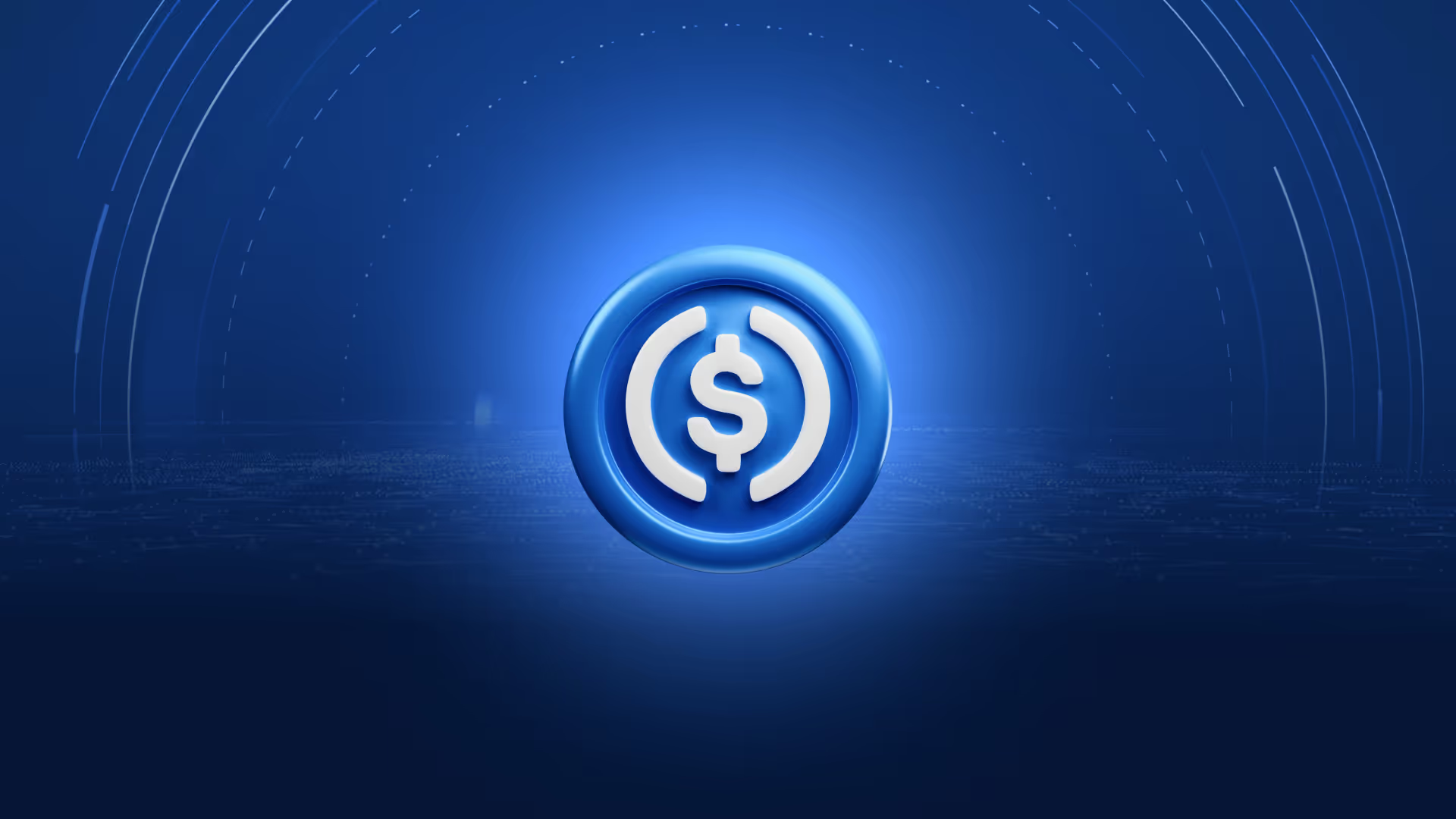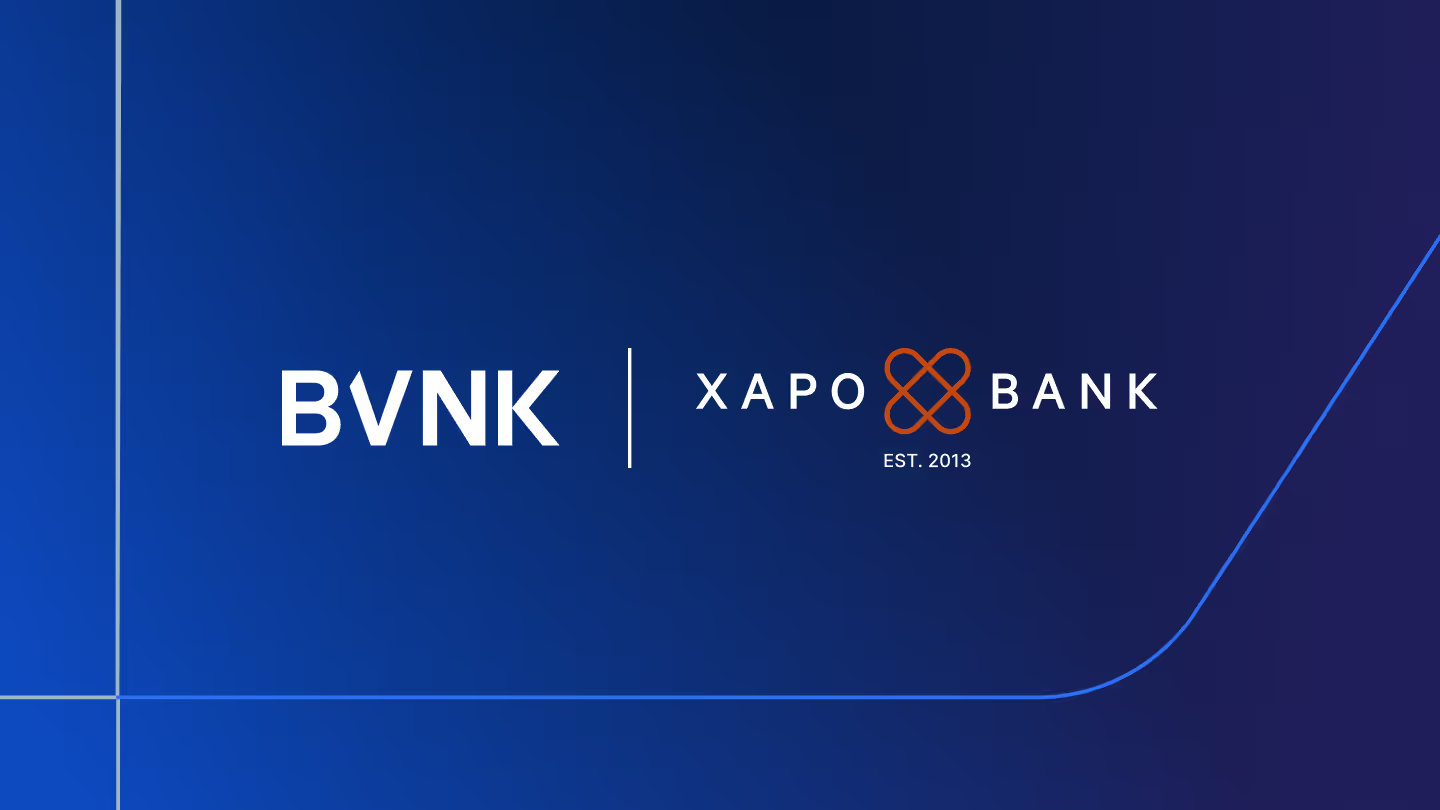Paxos’ Michael Coscetta on the what, how and why of PYUSD
We sat down with Michael Coscetta, Chief Revenue Officer at Paxos, to discuss the vision for PayPal’s new stablecoin, why regulatory standards matter and how the industry might evolve.

Paxos is regulated by the New York State Department of Financial Services. What was the process like for launching PYUSD?
NYDFS is one of the largest financial regulators in the world, with almost 75 people working full time in the digital assets division – compared to some other states which have zero or one.
So, what did they want to know for PYUSD? When it comes to stablecoin management in the US, the state path has really been forged by New York State, and the stablecoin guidelines that the NYDFS has put out are not just guidelines, they're the rigour you’ll be regulated. They cover things like reserve management, one to one backing, bankruptcy remote protection and there are multiple legal opinions and New York State banking law to back that up. You can't re-hypothecate the assets, you can't borrow against them, you can't lend against them, you can't invest them in anything but short term treasuries or cash. There's a lot of layering to have an asset you can call regulated by the NYDFS.
Regulators want to know that this is going to be, at worst, a dollar, and at best, that it can operate with some of the futuristic aspects of a stablecoin.
Can you talk about why PayPal launched PYUSD?
For PayPal I think this was threefold. One: can they move money faster? Can they move it globally? Can they move money for near zero cost? There is a recent example where someone paid an employee in Malawi with PYUSD. That employee received it instantly, and 40 percent more Malawi currency than previously through Western Union. It shows how stablecoins can take simple everyday use cases and make them more efficient. I think Dan Schulman, before he left PayPal, wanted to leave a sign that PayPal can evolve into the next generation.
The second reason is that merchants in many markets prefer to receive dollars, but don't have a really easy legal or transparent way of doing so. PYUSD enables their merchants to be paid in US dollars in a digital means without having to go through lots of counterparties and expensive FX. In places like Argentina, Brazil, Colombia, Turkey and others, stablecoins are often the currency of choice.
The third is that it makes their product stickier, for the regular everyday things that their customers already use PayPal for. PYUSD is the first connectivity in the history of PayPal between PayPal and Venmo, so it's now acting as a glue that connects different parts of their ecosystem.
-p-800.avif)
Get payments insights straight to your inbox
Does every PayPal user automatically have a PYUSD wallet?
In many markets, PayPal are the licensed entity to operate. In others, we are the licensed entity to operate on their behalf – for example, the UK. In some markets PayPal have turned on PYUSD wallets and in some they haven’t. However, PYUSD is available on 11 exchanges around the world already. So, any user with access to those exchanges can access PYUSD outside the PayPal wallet or Venmo.
Do you think we’ll see other fiat currencies on blockchains at scale?
Paxos is built on the philosophy that eventually every real world financial asset will move to blockchain.
And if you're going to tokenize oil contracts or gold, move it and trade it, then you also want to get paid instantly. That's enabled through stablecoins. And if you want to get paid in Singapore dollars, Hong Kong dollars, or the British pound, you're going to need that currency also to move on a blockchain. So, I think it's inevitable.
Moving the assets to the chain will be the first big step, and then we’ll see retail use cases start to gain traction around the world.
PYUSD is only eight weeks old. It pales in comparison to USDC and even our other stablecoin USDP, but more than 11 million people have traded PYUSD in six weeks. I think that's a critical sign of where the retail world can be, if given ease of access.
Watch the full interview with Michael Coscetta from Currency NYC
What about the number of US dollar stablecoins – will it be 5, 50, 500?
If you go back to the 1890s, there were different banks issuing their own currencies and they had to be exchanged and they needed verification. Notaries came about to prove that you were the owner of this note. Eventually all of that went away.
In a similar way, the way to unify stablecoins is by making them interoperable. But that means they all need to be equal. Not all stablecoins today are equal. Our CEO is on the record in the Wall Street Journal 14 days before Luna collapsed, “saying that's not a stablecoin, that's an unstable coin.. in fact, it looks like a casino.”
Even with USDC, we can't view it as interoperable necessarily as a regulated token. And a lot of the regulated partners we work with also cannot view it that way. They want a regulator overseeing the action of that token. And I think once you have uniform standards of reserve management, issuance and compliance, you can get to interoperability. Then you can have an infinite amount of them.
It gets a little complicated when it comes to cross-chain. Does a token on one chain equal the same token on a different chain? Probably not. How do you bridge that? There are technological solutions coming about to make that seamless, without the risk that you saw in the past few years with bridges and other cross-chain mechanisms.
I think those are band-aid solutions and eventually we'll see the ubiquity of many coins. And there's equal opportunity for a government coin, as there is a retail coin or a commercial coin to be issued for any fiat currency.
Can you launch a stablecoin on one chain, or does it need to be multi-chain?
Eventually, the demand is going to move toward lower cost, higher throughput blockchains.
But I think the technology on the chain side will continue to evolve and open up new use cases. Certain chains are better for certain use cases. Some carry more information. Some are more private versus public. We're probably at V1 of a thousand in blockchain evolution.
All major central banks are working on CBDCs. Will stablecoins and CBDCs coexist?
Brazil is a great example of a central bank doing this in a sustainable, scalable way with their Drex pilot. The Brazilian central bank is bringing together the biggest participants to come up with the real world use cases, and they're asking a very simple question: how can we help? Which is a very interesting posture for a central bank – and that's actually what a central bank is there for. It's meant to facilitate liquidity and provide reserve management and stability.
In China, you have a different case, where they have more control, so they can issue something top down. So, there is a lot of CBDC opportunity and I think we’ll see a wide spectrum of types.
Can they coexist with stablecoins? Absolutely. I think the only way both sides can really be sustainable is if they coexist.
What other companies are you talking to about issuing stablecoins?
We tend to see two different use cases. One is financial institutions who want to use a regulated token inside of their regulated business – for example large trading firms, broker dealers and large payments companies.
The other side is the white label version, which is what PayPal and Binance did. They want to know not just that this will offer efficiencies within their ecosystem, but that it's actually safer than a dollar.
It also helps bring a new technology into the mainstream. And a lot of these big companies don't care about the name or that it's a stablecoin. They want the benefits of the technology.
Final question: what's your prediction for total market cap of US dollar stablecoins at the end of 2024?
250 billion. I think stablecoins will grow 2 -3x the pace of the crypto market. Not just because they are a means in and out of crypto, but because we’re seeing real world use cases emerge on top of native crypto use cases, and I think we've only scratched the surface.
Session videos with all the insights from Currency NYC 2023 are available on our Youtube channel.
Latest news
View allGet payment insights straight to your inbox



.jpg)







.avif)


.jpg)





